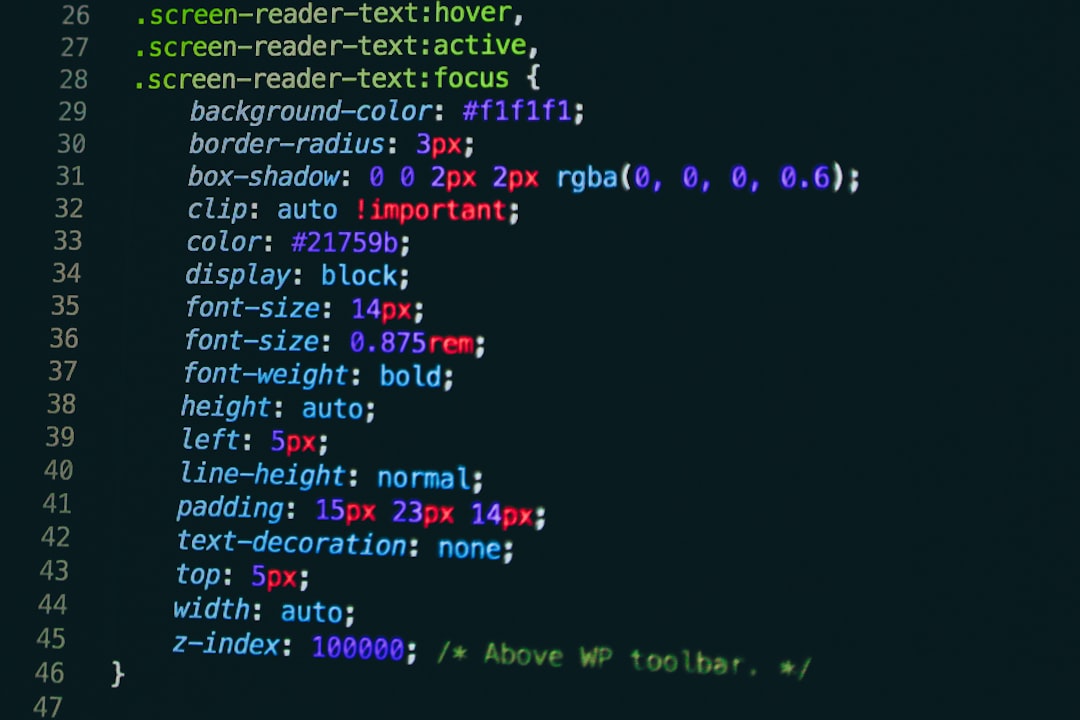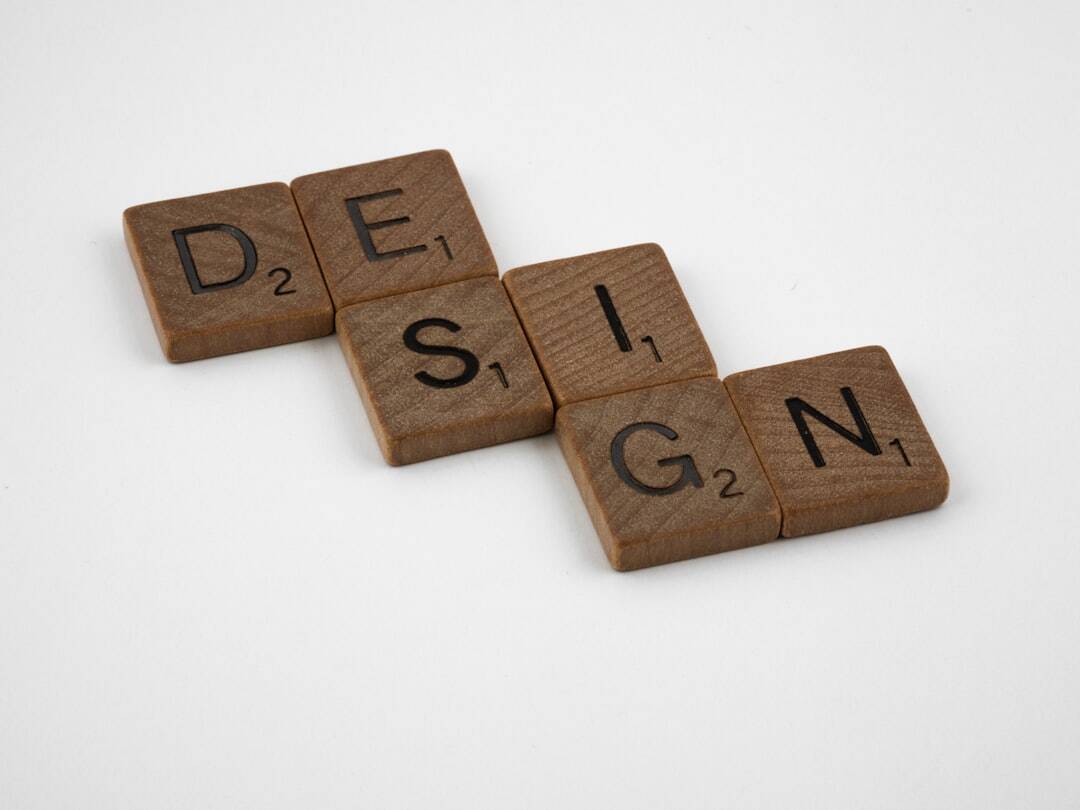Quick Response (QR) codes have become a staple in modern digital interactions, providing a fast and efficient way to link the physical world to online content. Originally introduced in the 1990s by the Japanese company Denso Wave, QR codes have evolved significantly over time. These encoded patterns can store vast amounts of information, accessible by simply scanning with a smartphone or QR code reader.
In recent years, however, an alternative to the traditional black-and-white QR code has emerged — visual QR codes. These are colorful, customizable codes that integrate logos, images, and design elements without compromising their functionality. But how do these visually appealing QR codes compare to their more basic black-and-white counterparts?
Understanding Traditional Black-and-White QR Codes
Traditional QR codes are instantly recognizable thanks to their distinct square matrix of black and white modules. They are designed to be read quickly and accurately by optical scanners. Here’s what makes them unique:
- Simplicity: Their stark contrast ensures high readability on most surfaces and under various lighting conditions.
- Reliability: Black-and-white formats are less susceptible to scanning errors, thanks largely to high levels of contrast.
- Universality: Because they adhere to standard formats, they are compatible with virtually all QR code reading devices and apps.
- Speed: These codes can be scanned in less than a second, making them suitable for rapid transactions and time-sensitive applications.
Despite these advantages, traditional QR codes often lack visual appeal, which can be a drawback in marketing, branding, and user engagement scenarios. Their utilitarian appearance may not blend well with modern graphic design needs.
The Rise of Visual QR Codes
Visual QR codes address the aesthetic limitations of traditional codes by incorporating vibrant colors, images, gradients, and logos. Innovations in QR code generation technology now allow designers and marketers to integrate functionality with branding — a game-changer for engagement.
Some key features of visual QR codes include:
- Branding Integration: Companies can embed their logos directly into the QR matrix without disrupting scan performance.
- Color Customization: By replacing the monotonous black modules with custom color schemes, brands can improve visual cohesion with their campaigns.
- Image Embedding: QR codes can now overlay or incorporate relevant images that make them contextually attractive.
- Design Freedom: Rounded edges, patterns, and decorative motifs give designers more freedom while maintaining the QR code’s readability.

Functionality Versus Aesthetics: Performance Comparison
While the visual improvements offered by customized QR codes are undeniable, there are some performance trade-offs to consider:
1. Scan Reliability
Black-and-white codes still dominate in scan reliability, particularly under low-light conditions or on surfaces with reflective properties. Visual codes, because of their color variations and added graphical elements, might sometimes be harder to scan — especially with older or lower-quality scanners.
2. Error Correction
All QR codes have built-in error correction. Visual QR codes often use the higher levels of correction (up to 30%) to maintain functionality despite added design layers. However, this can increase the complexity and size of the QR code itself.
3. Compatibility
Some outdated scanners or apps may struggle with visual QR codes, especially those employing extreme customization. Traditional formats, on the other hand, remain universally compatible across all platforms.
4. File Size and Scalability
Visual QR codes usually come in larger file sizes and require higher resolution for printing effectively. In contrast, traditional codes retain their function even at very small sizes.
Use Case Scenarios: Where Each Shines
Choosing between a traditional or visual QR code depends largely on context. Here’s a breakdown of where each type excels.
Best Uses for Traditional Black-and-White QR Codes:
- Logistics and Inventory: High-speed, bulk scanning requires consistency — ideal for warehouses and shipping.
- Emergency Information: In hospitals and emergency settings, instant readability is crucial.
- Manufacturing: Durability and printability on all kinds of materials make traditional codes ideal in industrial settings.
- Public Transportation: Tickets and boarding passes rely on fast and universal scan capabilities.
Best Uses for Visual QR Codes:
- Marketing Campaigns: Aesthetic appeal helps capture consumer interest in retail and advertising materials.
- Product Packaging: Embedded branding and color schemes enhance the unboxing experience.
- Event Management: Stylish tickets, invitations, and posters can carry visual QR codes aligned with the event theme.
- Art and Design Projects: Where visual integration is key, such as gallery exhibits or promotional art pieces.

Cost Considerations
Cost is often an overlooked factor in choosing a QR code style. Traditional black-and-white QR codes are often free to generate using online tools, and bulk production is inexpensive due to basic print requirements.
Visual QR codes, however, often require:
- Graphic design expertise or premium software.
- Higher-resolution printing materials.
- Testing to ensure functionality remains intact across devices.
This can significantly raise the production cost, especially for large-scale campaigns. Yet, for businesses that prioritize customer engagement and brand consistency, the investment can be worthwhile.
Security and Data Considerations
Regardless of design, security in QR codes comes down to how they are used rather than what they look like. However, visual QR codes might offer a slight benefit by appearing more trustworthy to some users when customized professionally. A generic black-and-white code might appear suspicious if not accompanied by a clear context.
That said, both types can encrypt the same kinds of data, including:
- URLs
- Payment information
- Contact details
- Wi-Fi credentials
Companies should still ensure they’re using secure URLs and encouraging users to verify sources before scanning any QR code, regardless of its design.
The Future of QR Code Design
As businesses increasingly adopt interactive technologies, the demand for QR codes that go beyond mere functionality is growing. New technologies such as animated QR codes, invisible QR patterns, and augmented reality integration are already in development.
We can expect the following trends:
- More AI-driven customization: Tools that automatically adapt design without sacrificing functionality.
- Dynamic QR codes: Codes that can be updated or redirected after printing.
- Sustainability-conscious designs: Enhanced readability on recycled or eco-friendly print surfaces.
Conclusion
In comparing traditional black-and-white QR codes with modern visual QR codes, it becomes clear that each serves a valuable and distinct purpose. While traditional QR codes dominate in efficiency, accuracy, and cost-effectiveness, visual QR codes open up new dimensions of creativity, branding, and user engagement.
Ultimately, the best choice depends on your specific needs. For industrial and functional applications, the tried-and-true black-and-white code remains superior. For consumer-facing materials, visual QR codes offer a chance to turn a simple scan into a memorable experience.
Whether you’re driving logistics or launching a new marketing campaign, understanding the strengths and limitations of each QR code style will help you make smarter, more effective decisions in your digital strategy.